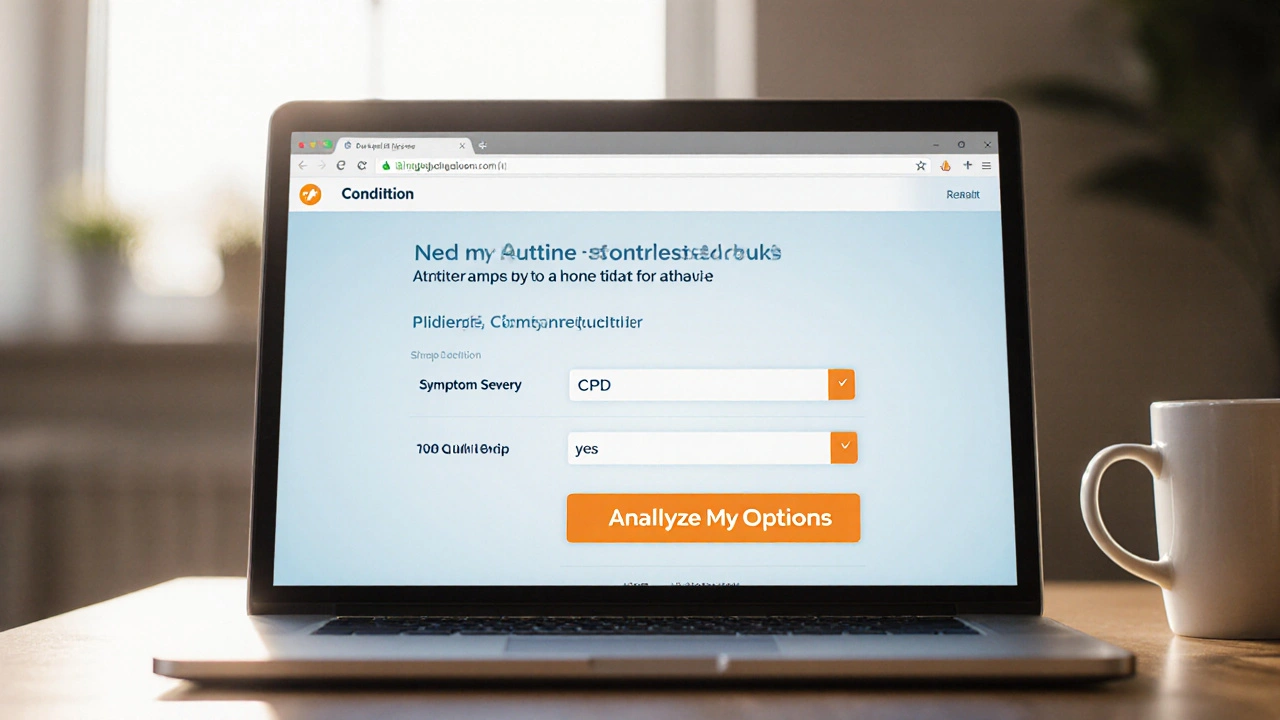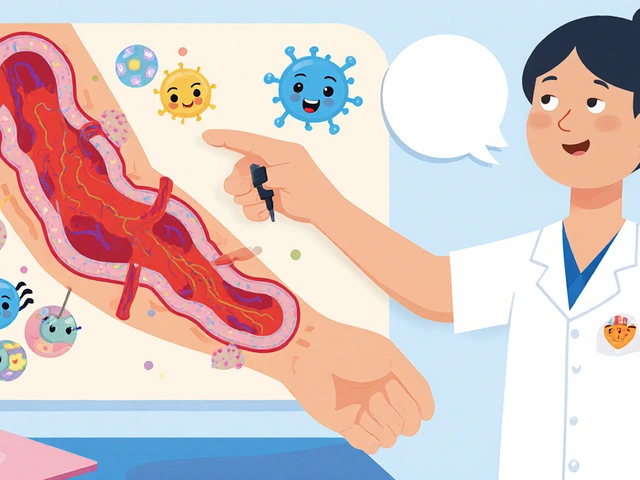Asthma treatment: what works, what to expect, and simple daily steps
Asthma treatment can feel overwhelming, but the goal is straightforward: reduce airway inflammation, stop attacks quickly, and keep you doing what you love. This page gives hands-on advice on medicines, inhaler types, lifestyle steps that actually help, and when to see a doctor.
Quick overview: rescue vs controller
Rescue inhalers (short-acting beta agonists like albuterol) stop symptoms fast during an attack. Controllers (most often inhaled corticosteroids) lower inflammation over time so attacks happen less often. Many people need both: a daily controller to prevent symptoms and a rescue inhaler for sudden wheeze or breathlessness.
Other controller options include long-acting bronchodilators (LABA), combination inhalers (steroid + LABA), leukotriene modifiers (like montelukast), and occasionally low-dose theophylline. For severe or allergic asthma, doctors may add biologics—injectable drugs such as omalizumab, mepolizumab, benralizumab, or dupilumab—that target specific immune pathways.
Practical tips for using inhalers and staying safe
Technique matters. If your inhaler spray goes into the air instead of your lungs, it won’t help. Use a spacer with a metered-dose inhaler (MDI) when possible, or learn the breath-hold trick with dry-powder inhalers (DPI). Practice with a pharmacist or nurse—five minutes of coaching pays off.
Keep an action plan. Your plan should say which medicines to take daily, how to step up treatment when symptoms get worse, and when to call your doctor or head to the ER. Track peak flow numbers if your doctor suggests it; a falling peak flow often signals a flare before you feel it.
Watch triggers. Common culprits are tobacco smoke, pollen, dust mites, mold, cold air, and strong smells. Simple steps help: smoke-free home, mattress covers for dust mites, good ventilation in damp rooms, and checking local pollen forecasts on high-alert days.
When oral steroids help and when they don’t: short courses of oral prednisone can quickly calm a bad flare, but repeated long courses raise risks like weight gain, bone loss, and infections. Talk with your doctor about preventing flares so you avoid frequent steroid bursts.
Vaccines and comorbidities matter. Get a yearly flu shot and keep up with COVID and pneumonia vaccines if recommended. Treating allergies, reflux, or obesity can improve asthma control for many people.
When to get urgent help: severe shortness of breath at rest, difficulty speaking, blue lips or fingers, or if rescue inhaler gives little relief. Those are signs to seek emergency care right away.
Want next steps? Start by checking your inhaler technique, review your action plan, and schedule a quick follow-up with your provider if you’ve needed more rescue doses than usual. Small, consistent steps often prevent the big, scary flares.
5
Atrovent (Ipratropium Bromide) vs. Other Bronchodilators: Pros, Cons & Best Uses
A side‑by‑side look at Atrovent (Ipratropium Bromide) versus other bronchodilators, covering how it works, key alternatives, pros, cons and when to choose each.
20
Formoterol/Budesonide Combo vs. Other Inhalers: 2025 Guide to ICS/LABA for Asthma & COPD
Get the inside scoop on how formoterol/budesonide combos stack up against other ICS/LABA inhalers on the market in 2025. This article digs deep into clinical data, user tips, and real-world usage for asthma and COPD. Learn the differences in onset of action, side effects, price, and more. Plus, check out current alternatives and what matters most when picking an inhaler. Make smarter choices for your breathing.
Latest Posts
Popular Posts
-
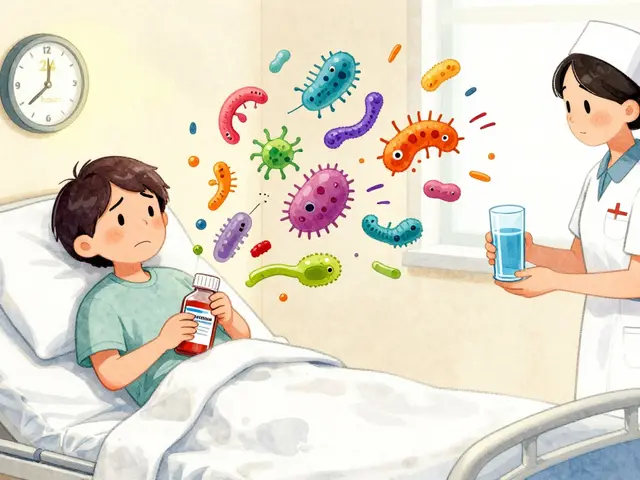 Medication-Induced Diarrhea: How to Prevent and Treat It Effectively
Medication-Induced Diarrhea: How to Prevent and Treat It Effectively
-
 Chronic Pancreatitis: Managing Pain, Enzyme Therapy, and Nutrition
Chronic Pancreatitis: Managing Pain, Enzyme Therapy, and Nutrition
-
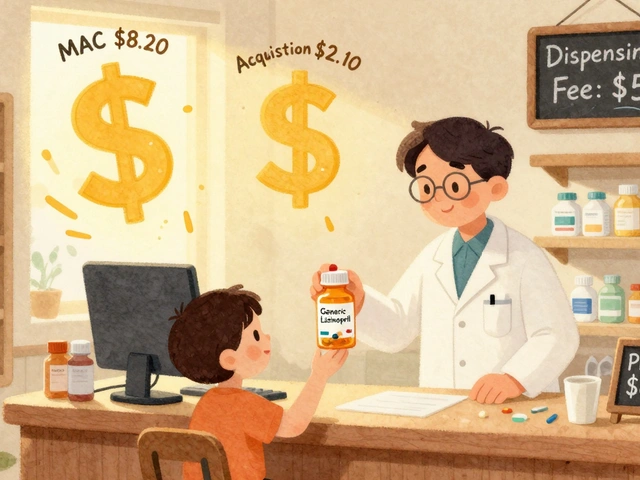 Pharmacy Reimbursement: How Generic Substitution Impacts Pharmacies and Patients Financially
Pharmacy Reimbursement: How Generic Substitution Impacts Pharmacies and Patients Financially
-
 Constipation from Medications: Complete Management Guide
Constipation from Medications: Complete Management Guide
-
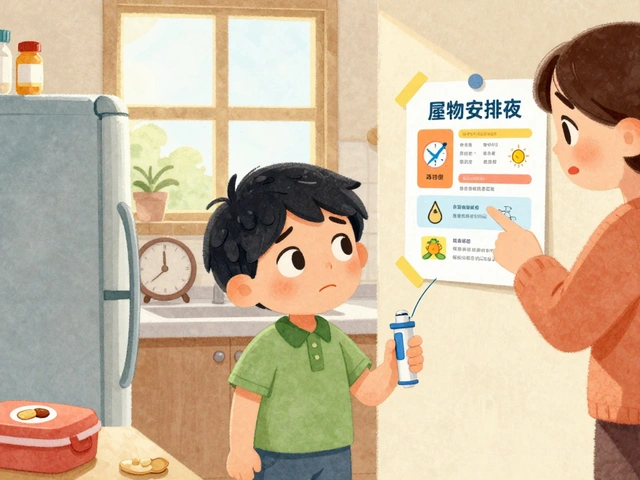 Allergy Action Plan: Essential Medications to Carry and When to Use Them
Allergy Action Plan: Essential Medications to Carry and When to Use Them
